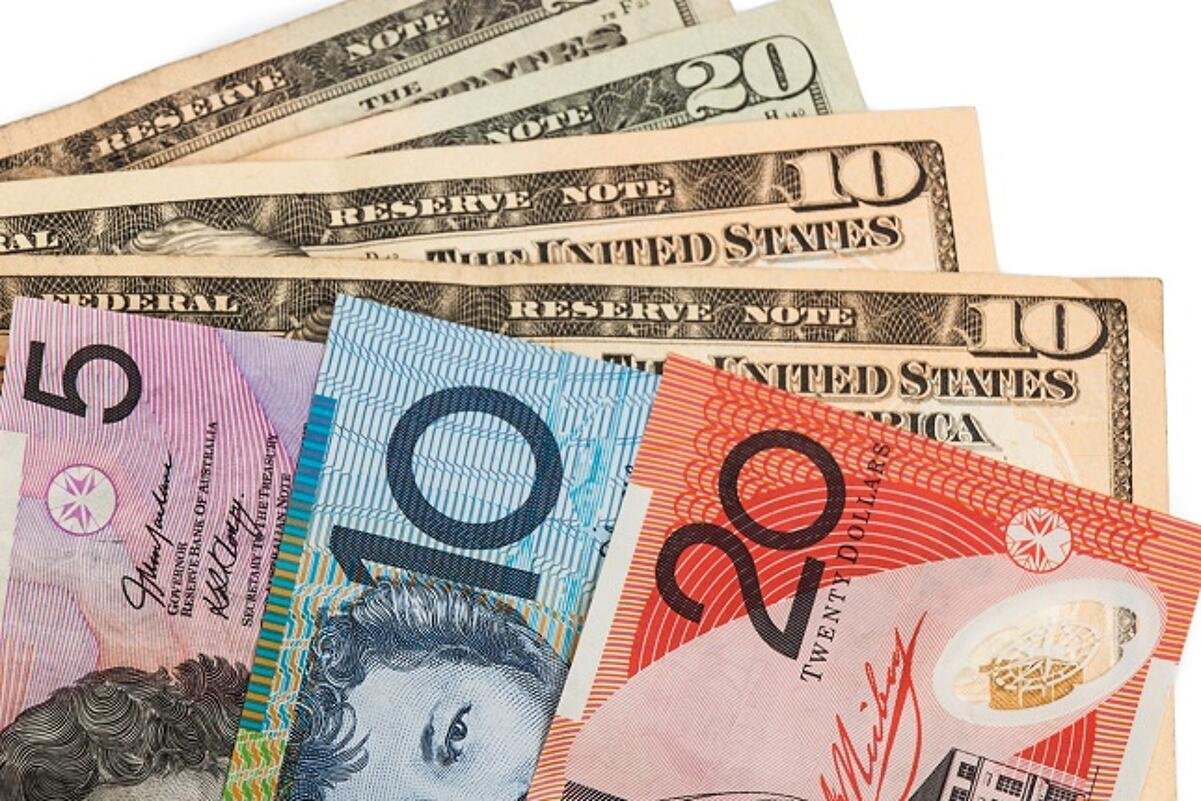Gold Hits All-Time High as US-China Trade War Fosters Global Run to Safety
Gold jumped to a record high of $3,245 as rising trade tensions between the US and China shook global markets, pushing investors into safe-haven assets. The yellow metal registered more than 2% gains following China’s retaliatory 125% tariffs and the US Dollar Index falling to a 35-month low of 99.01. In spite of higher US Treasury yields and mixed economic reports, such as weaker producer inflation and decreasing consumer sentiment, recession concerns and inflation uncertainty spurred additional demand for gold. As the uptrend remains firmly in place, the market is now looking to the $3,250 and $3,300 levels as it prepares for further volatility. KEY LOOKOUTS • Since crossing the all-time high of $3,245, gold prices are now looking to breach the $3,250 and $3,300 resistance levels amid ongoing market uncertainty. • Increased tensions following China’s 125% counter-tariffs and the US raising tariffs to 145% are set to maintain risk-off sentiment high. • Increasing inflation expectations and escalating recession concerns, underscored by weaker consumer sentiment and cautious Fed policy expectations, remain bolstering gold’s safe-haven appeal. • The decline in the USD Index to a 35-month trough of 99.01 fuels gold’s rally, with ongoing falls set to support bullion demand. Gold continued its history-making rally as rising trade tensions between China and the US helped drive a rush into safe-haven assets on a global level. The yellow metal broke the $3,245 barrier supported by a plunge in the US Dollar Index to a 35-month low of 99.01. Investors fled to bullion when China struck back at the US by imposing 125% tariffs after Washington boosted duties on Chinese imports to 145%. Even with the increase in US Treasury yields and conflicting economic news — such as a decline in producer inflation and weakening consumer sentiment — concerns over an impending recession and increased inflation expectations maintained the bullish momentum in gold, now targeting the $3,250 and $3,300 resistance levels. Gold rallied to a new record high of $3,245 as the US-China trade tensions escalated, leading to a global rush for safe-haven assets. A declining US Dollar and growing recession concerns further added to the metal’s bullish strength, with investors now targeting the $3,250 and $3,300 levels. • Gold prices hit an all-time high of $3,245, recording more than 2% gains amid heightened US-China trade tensions. • China retaliated with 125% tariffs against the US raising duties to 145%, triggering global market volatility. • Safe-haven demand increased as recession concerns escalated, driving gold’s rally in spite of rising US Treasury yields. • The USD Index plunged to 99.01 — its lowest since almost three years ago — strengthening gold’s bullish breakout. • The University of Michigan’s Consumer Sentiment Index plummeted sharply, indicating increased economic pessimism and inflationary concerns. • Large US banks such as JPMorgan and Goldman Sachs indicated growing recession likelihood as global uncertainty continues to mount. • Gold is solidly in an uptrend, and traders are eyeing a breach above $3,250 with a possible charge towards $3,300. Gold has surged to an all-time high of $3,245 due to the escalating US-China trade war, which triggered a global rotation towards safer assets. Following US tariff increases, China struck back and added 125% tariffs on US goods, a move that generated a climate of increased uncertainty, further escalating demand for the precious metal. Amidst the jittery market and fear of a slowdown in the economy, investors turned to gold as they perceived it as a safe haven of value in the midst of the chaos. XAU/USD DAILY PRICE CHART CHART SOURCE: TradingView At the same time, the US dollar lost considerable strength, with the Dollar Index dropping to its lowest point in almost three years, contributing further to the rally in gold. US economic sentiment also suffered, as inflation expectations increased and consumer sentiment hit rock bottom. All of these variables combined to establish an environment of trepidation, as investors flocked to the safety and stability that gold historically offers amid periods of geopolitical and economic tension. TECHNICAL ANALYSIS The recent price action of gold has been strong, breaking above major resistance levels at $3,100 and $3,200 to record a new all-time high price of $3,245. The uptrend is still in place, with bulls eyeing the $3,250 and $3,300 levels as possible breakout points. In the event of a pullback, support comes in at the $3,200 level, with the next major level at $3,176. As long as gold continues to be on an upward trend, investors are bullish on more gains, especially if the current resistance points are broken. The strength of gold’s rally is highlighted by its ability to stay above key support levels even in the face of overall market volatility. FORECAST Gold’s price will continue to go up in the near future, fueled by continued geopolitical tensions and economic uncertainty. As the US-China trade war continues unabated and concerns over inflation are still elevated, demand for safe-haven currencies such as gold is likely to continue. The weakening US currency and the expectation of a slow-down in economic growth are bound to fuel the rally in gold, driving prices to new levels of resistance around $3,250 and $3,300. Investors looking for security during uncertain times will continue to prefer gold, making it a likely candidate to make even more gains. On the other hand, if gold can’t sustain its current rhythm, it could face a correction, especially if the global economy brightens or trade tensions dissipate. A sudden spike in the US dollar or an unforeseen change in Federal Reserve policy would put downward pressure on gold. In this scenario, gold could find support near the $3,200 mark, with subsequent drops possibly challenging the $3,176 or $3,100 levels. Eroding investor sentiment in gold as a safe-haven investment could also bring about a retreat, particularly if market conditions become stable.




